Comminuted and Depressed Medial Tibial Plateau Fracture with Lateral Metaphyseal Tension Failure.
Score and Comment on this Case
Clinical Details
Clinical and radiological findings: A 44-year-old male sustained a fall from a height of 15 feet, resulting in an isolated injury characterized by compartment soft tissue involvement. Radiological assessment revealed a comminuted and depressed fracture of the medial tibial plateau, classified as AO/OTA 41-B3, with a tension failure of the lateral metaphyseal tibia. The injury pattern suggested a knee dislocation equivalent, initially presenting as a hyper-extension varus pattern but evolving into a "pilon" type fracture of the medial plateau.
Preoperative Plan
Planning remarks: The preoperative plan involved a posteromedial approach, slightly more anterior than usual, to expose the posteromedial fragment and access the area in front of the medial collateral ligament (MCL). Restoration of limb alignment and reduction was planned using external fixation. Small vertical submeniscal arthrotomies were to be made at each fracture site to visualize and achieve reduction at the cartilage border.
Surgical Discussion
Patient positioning: Supine positioning was utilized, with the leg prepared for both posteromedial and anteromedial surgical access.
Anatomical surgical approach: The surgical approach commenced with a posteromedial incision, slightly anterior to the typical line, allowing exposure of the posteromedial fragment. Dissection proceeded anterior to the MCL. Anteromedial access was also established for additional fragment manipulation and fixation. Submeniscal arthrotomies were performed vertically at fracture sites for direct visualization of articular reduction.
Operative remarks:The surgeon noted the absence of a standard algorithm for reduction in this complex fracture pattern. Manipulation of fragments was performed through created windows, followed by provisional wiring. A significant bone defect beneath the articular fragments was addressed by avoiding autograft use due to the need for structural support. A custom-fabricated blade from a bent 1/4 or 1/3 tubular plate was employed as a fixed-angle device for fragment-specific fixation and support. Posteromedial and direct medial buttress plating was performed, along with an anteromedial "baby blade" construct to maintain articular slope.
Postoperative protocol: Postoperative rehabilitation included early mobilization with weight-bearing as tolerated, progressing based on clinical and radiographic healing over approximately three months.
Follow up: Not specified.
Orthopaedic implants used: External fixator, 1/4 or 1/3 tubular plate (custom-bent), posteromedial buttress plate, direct medial buttress plate, anteromedial blade construct.
Search for Related Literature

orthopaedic_trauma
- United States , Seattle
- Area of Specialty - General Trauma
- Position - Specialist Consultant

Industry Sponsership
contact us for advertising opportunities
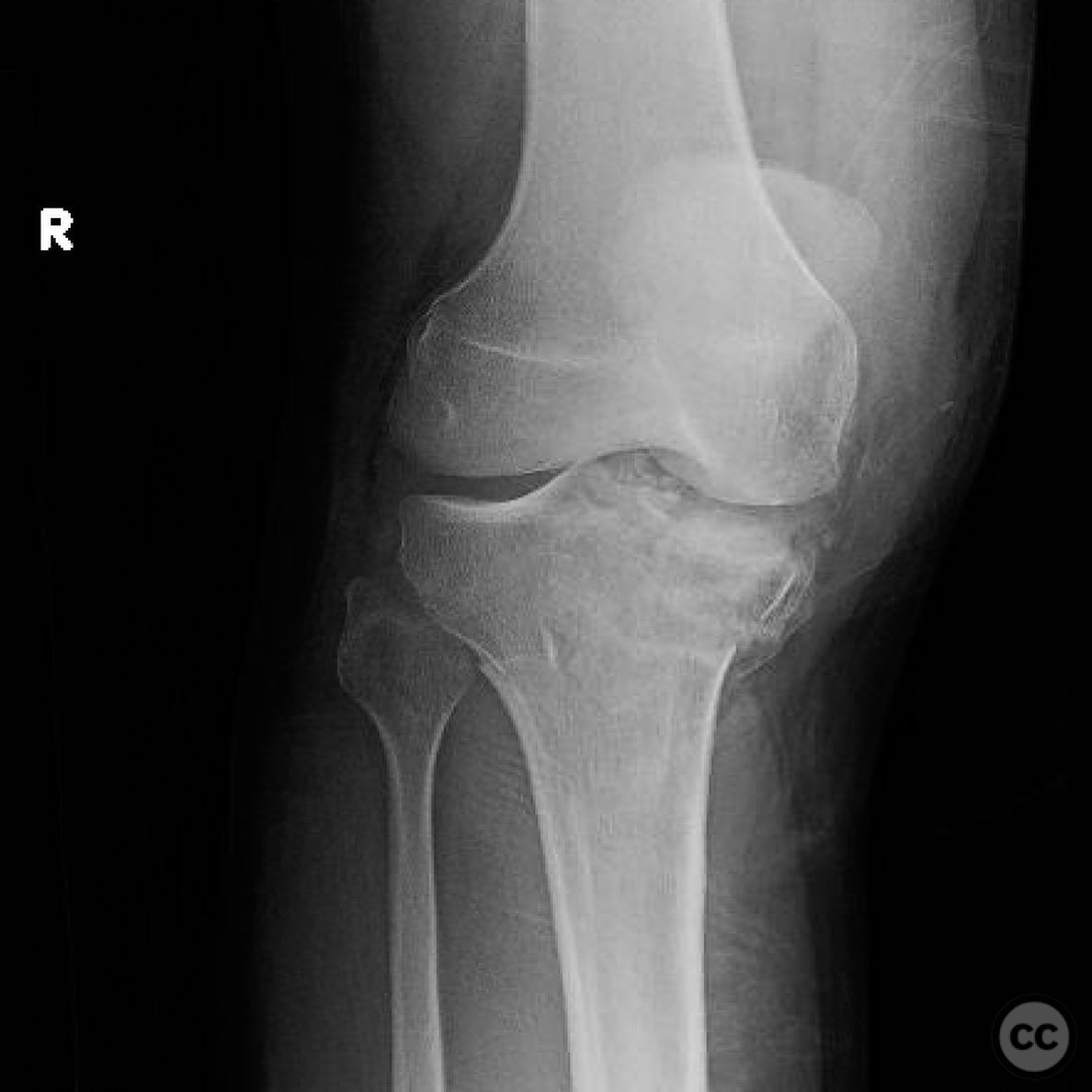
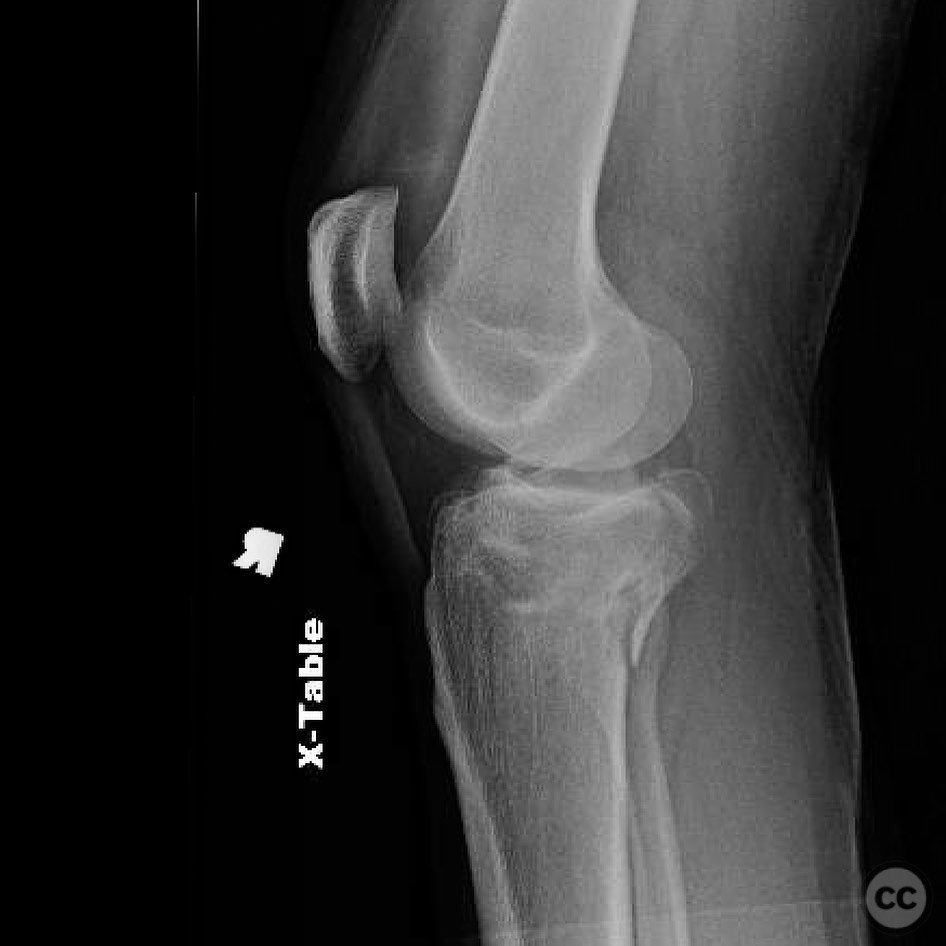
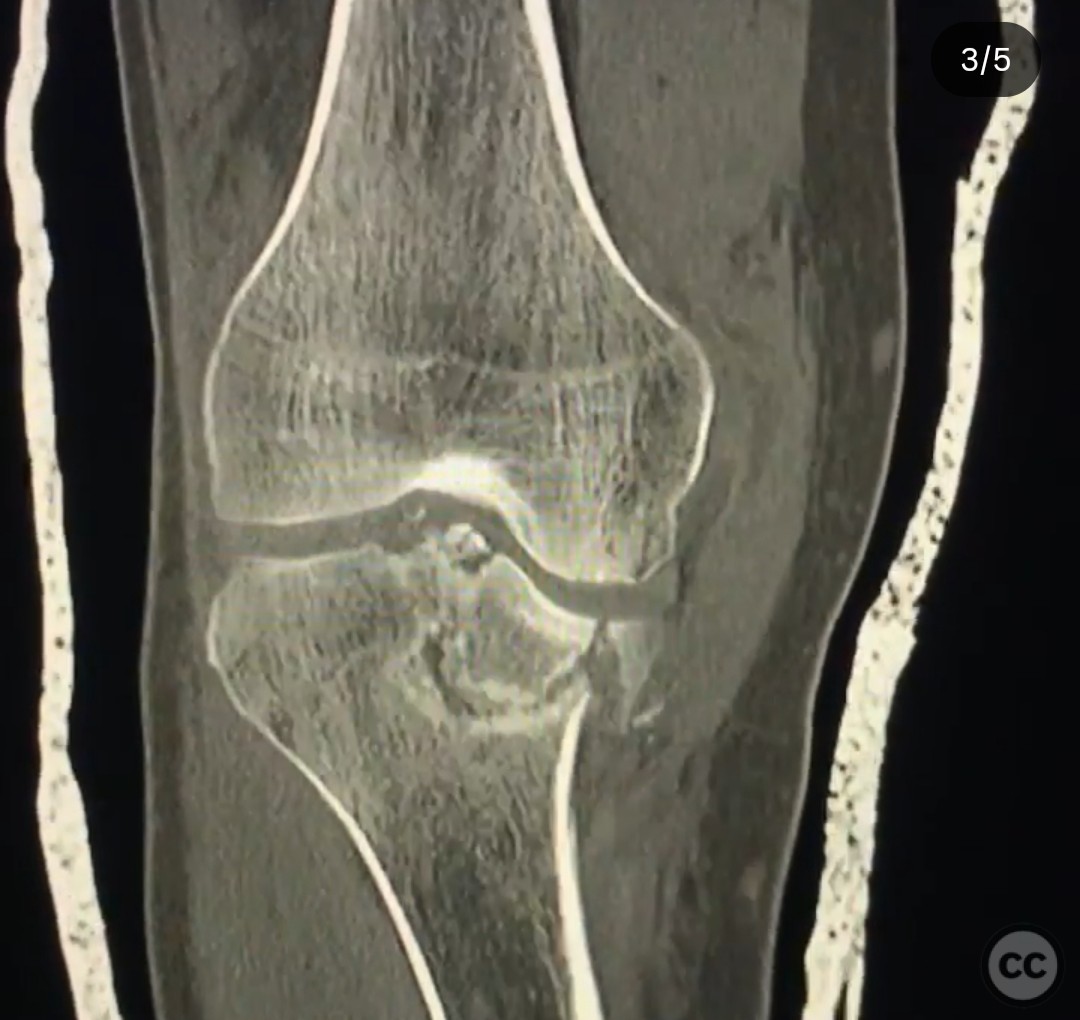
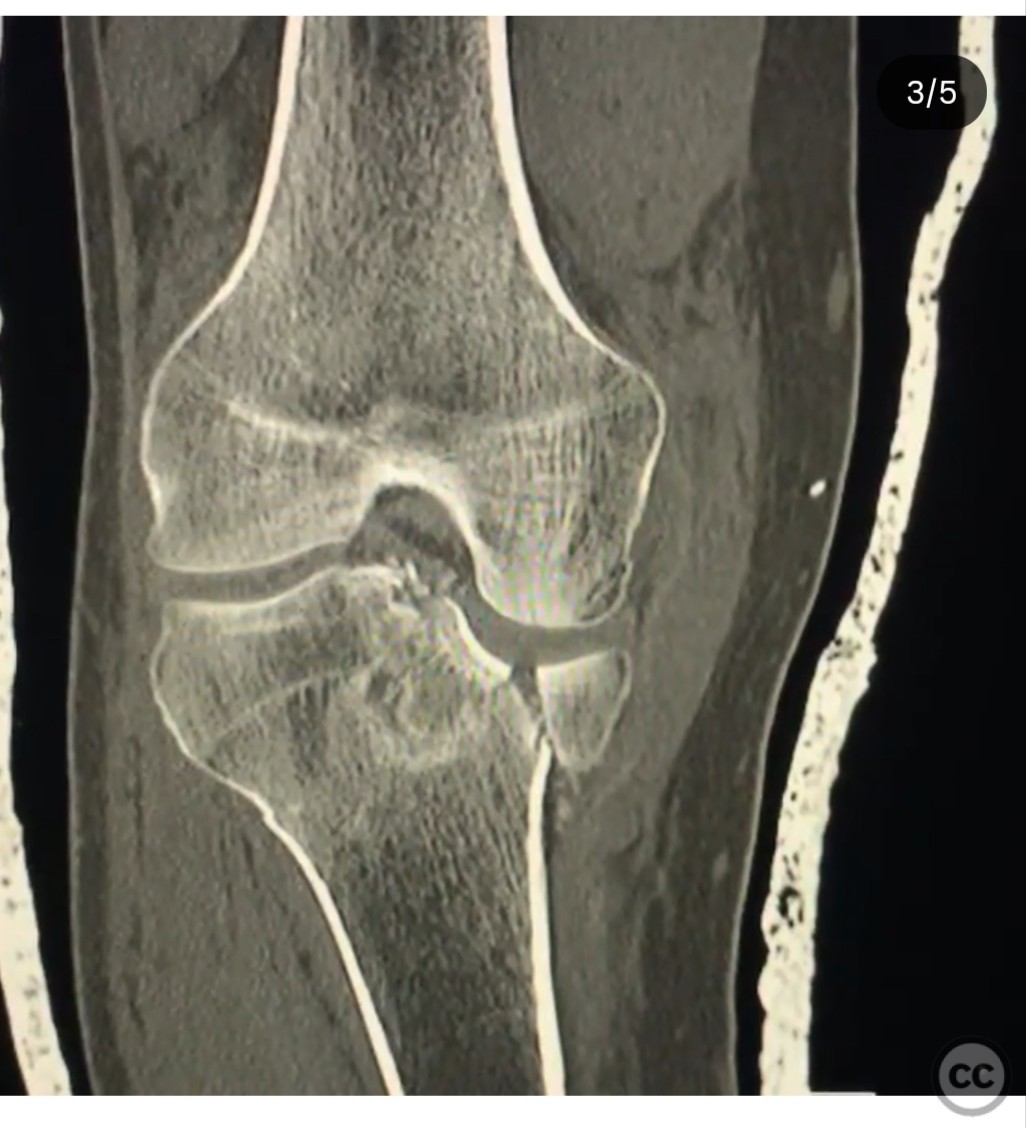
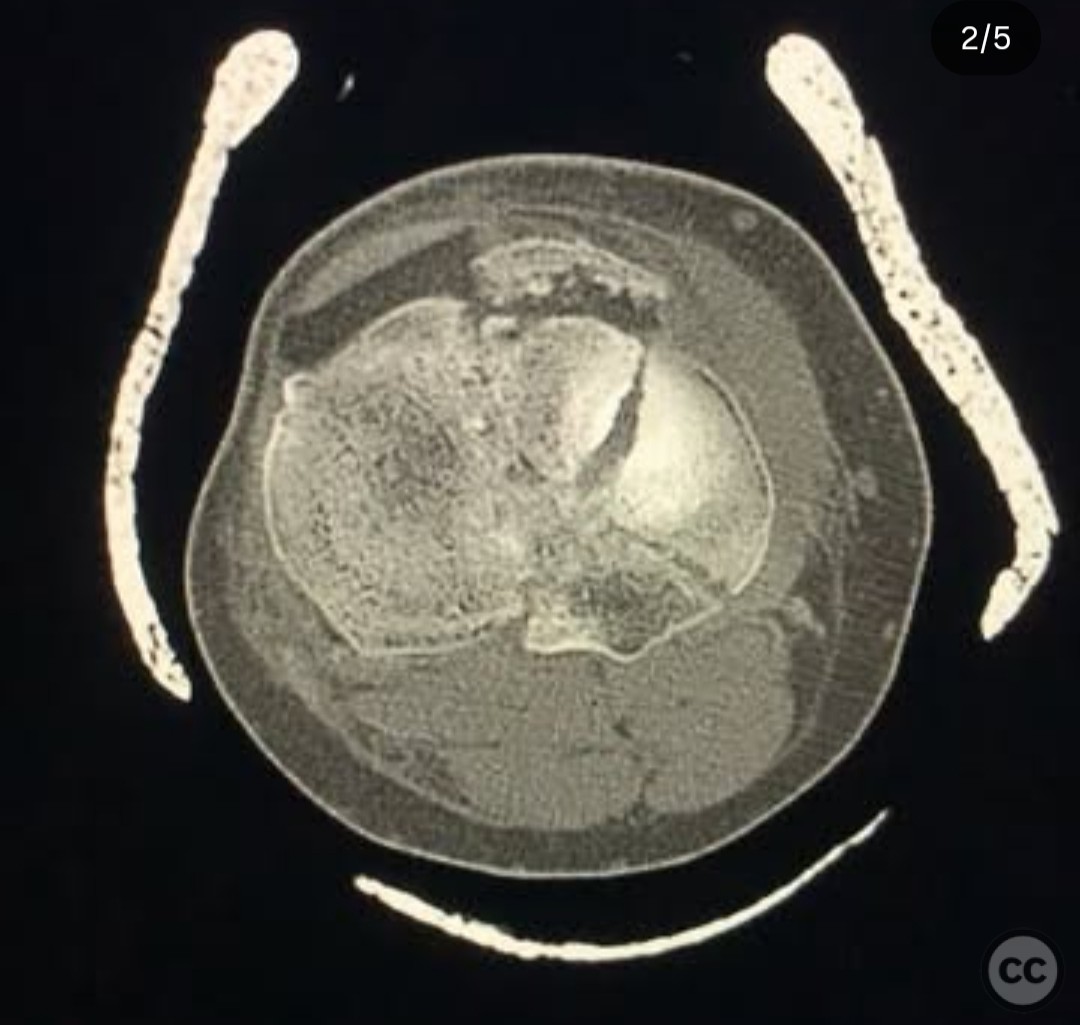
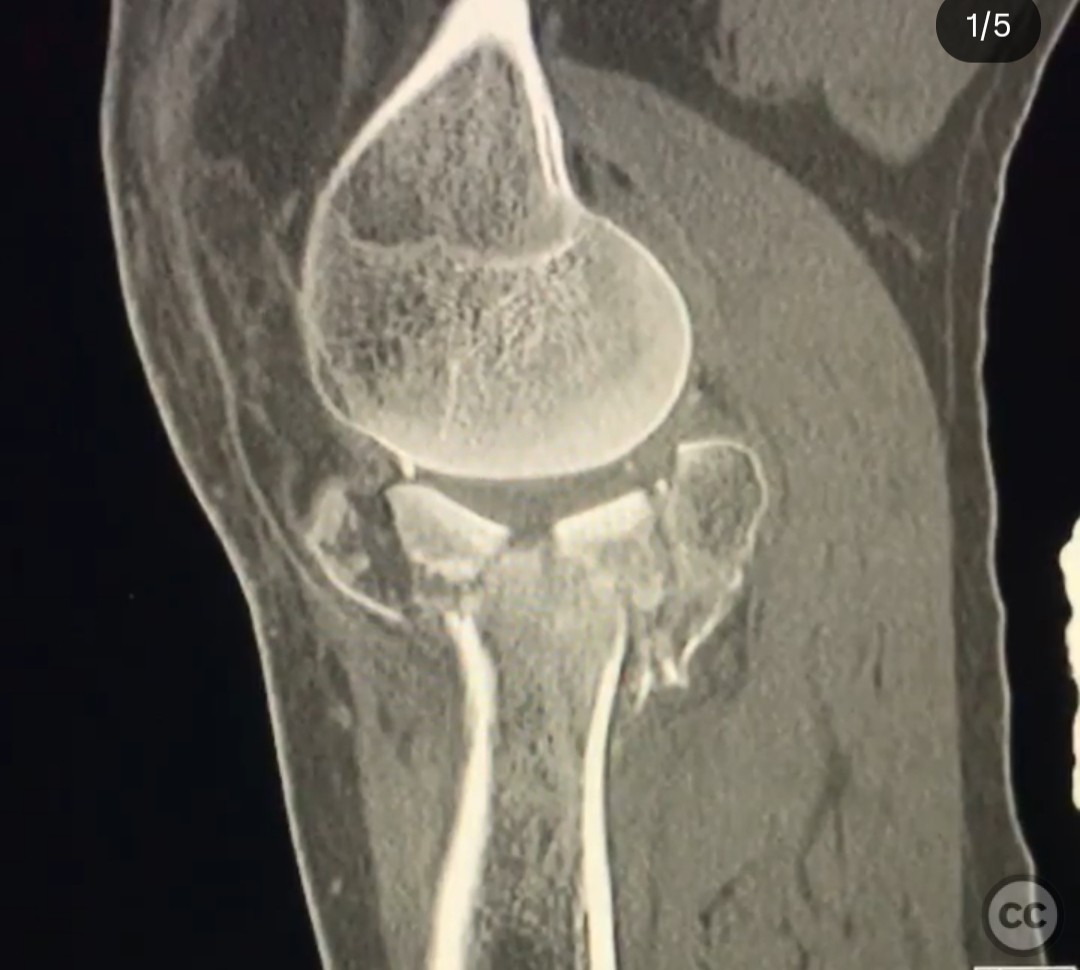
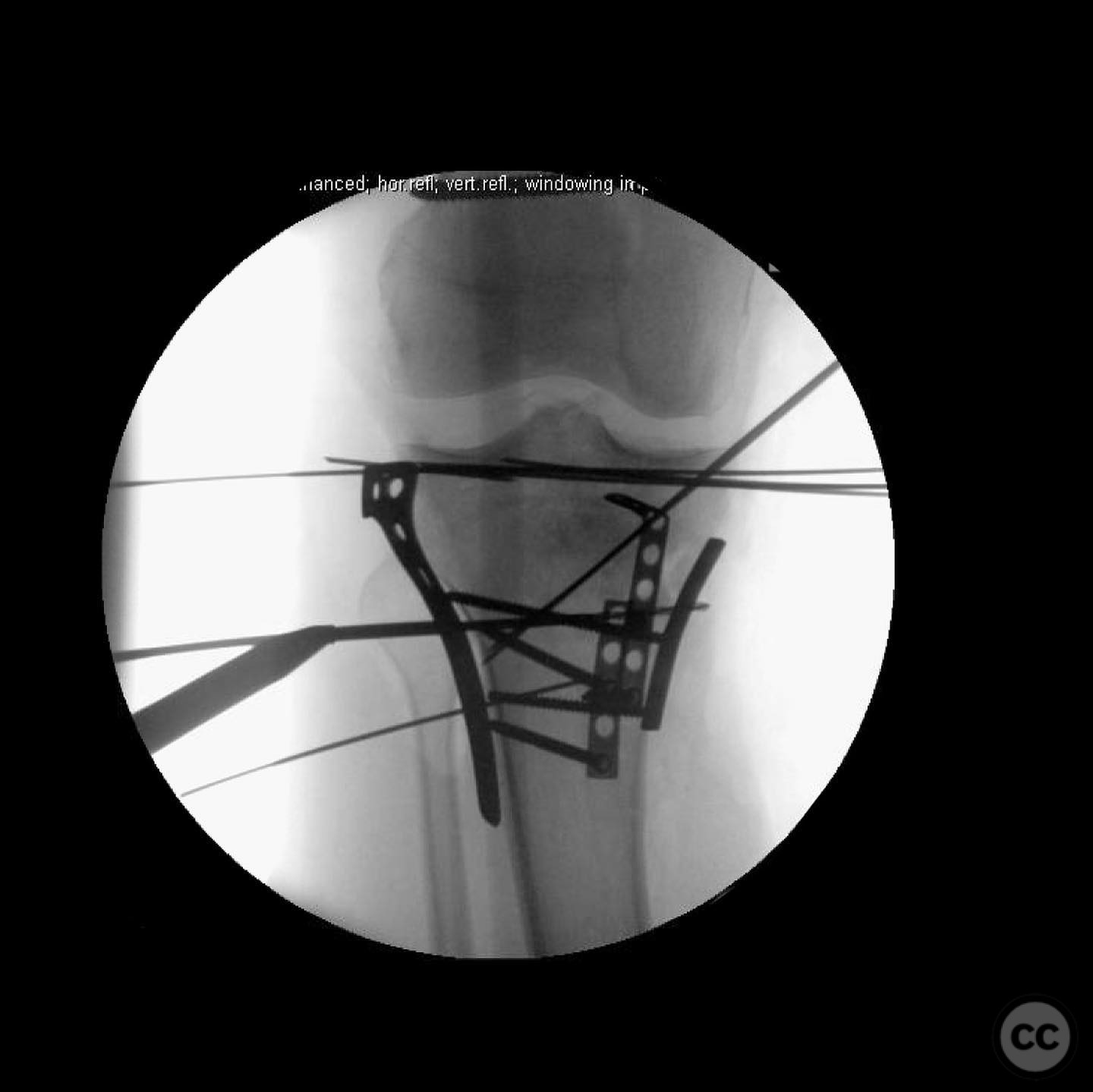
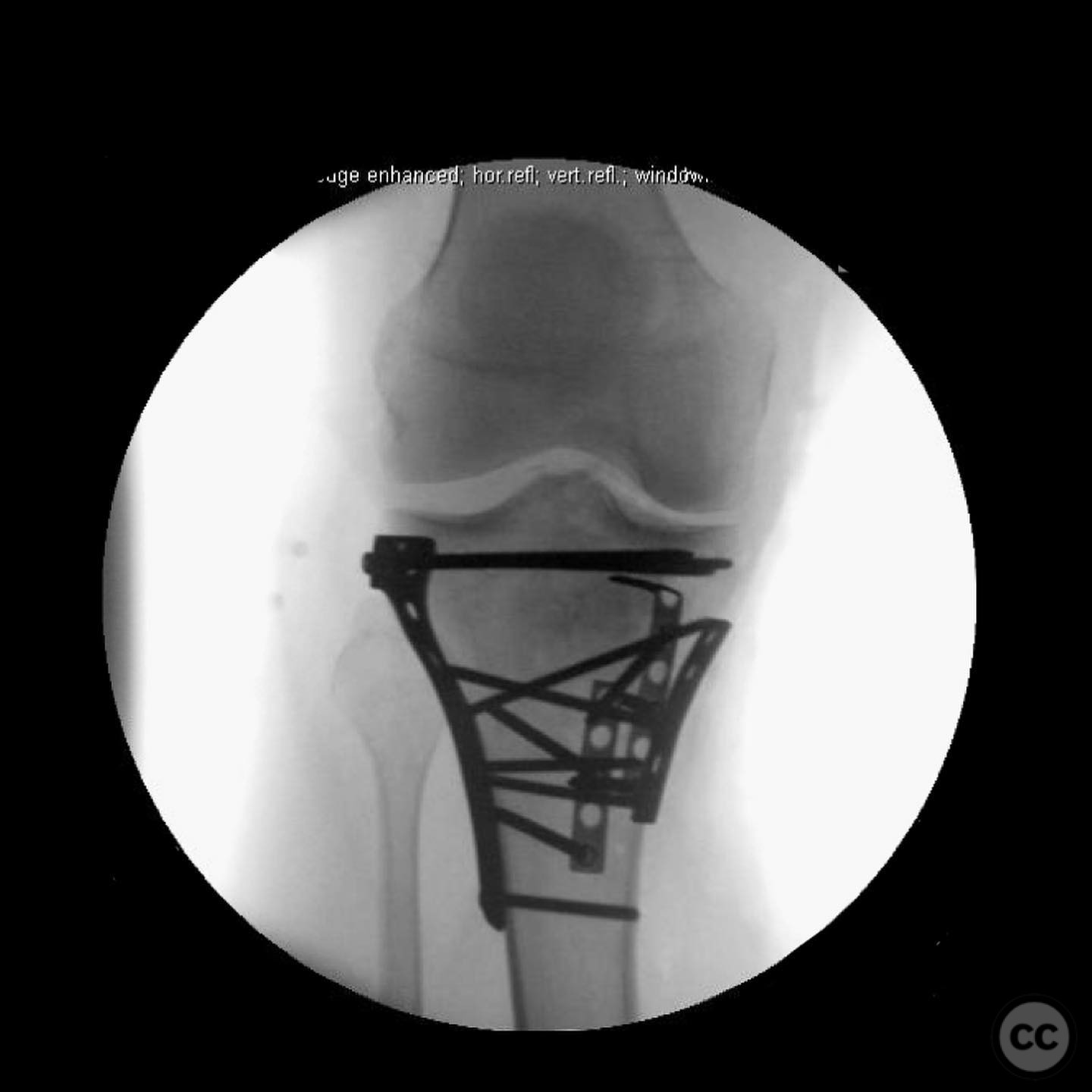
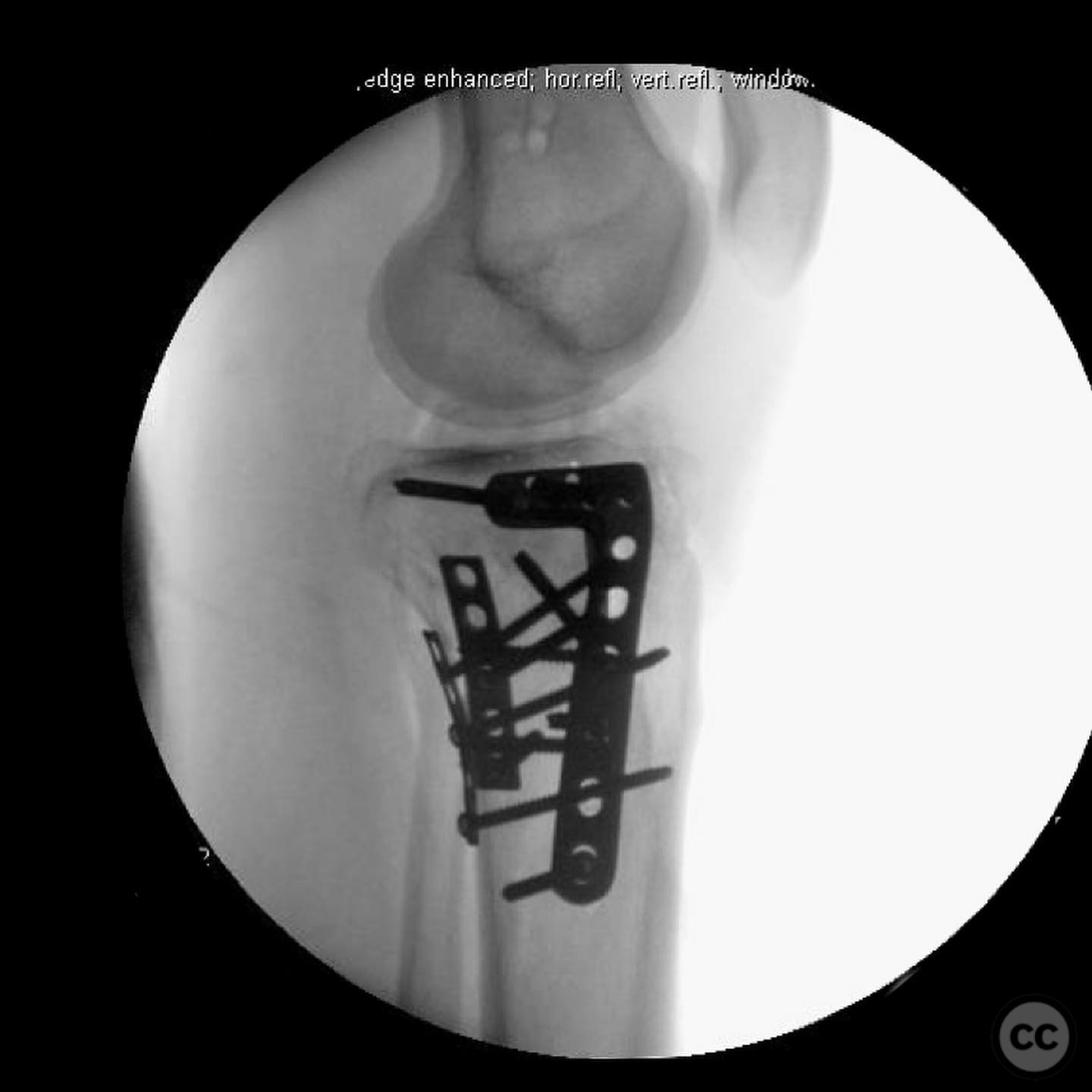
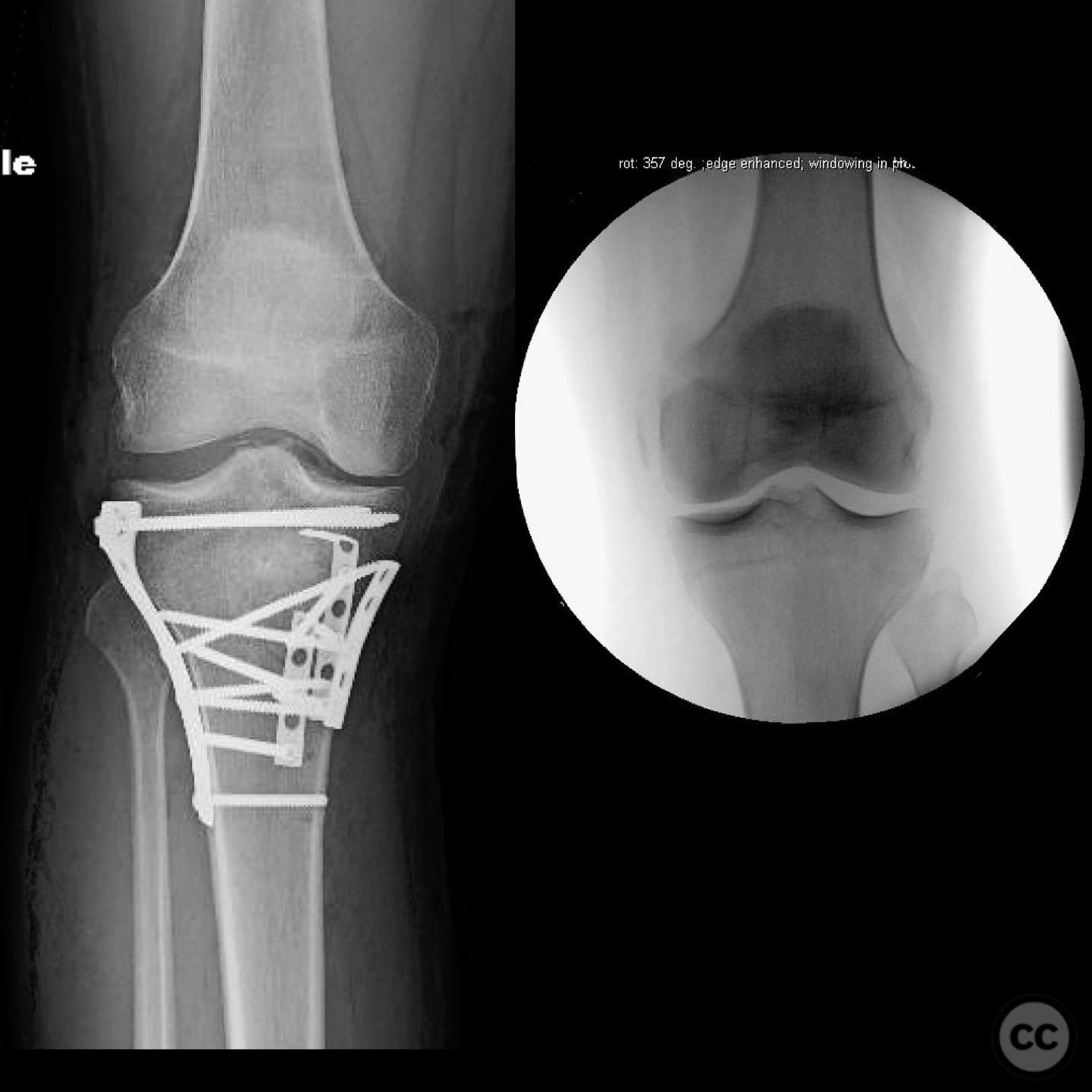
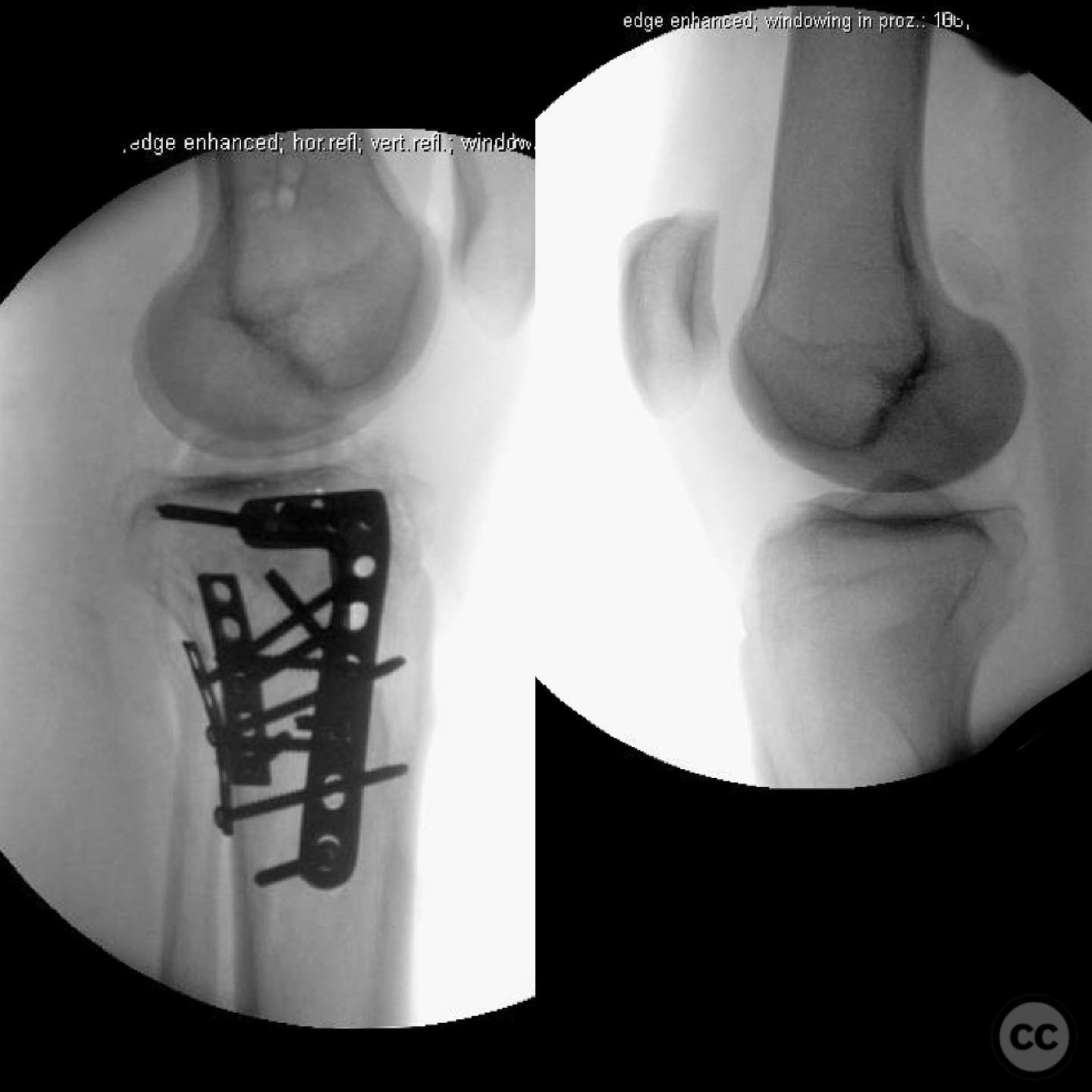
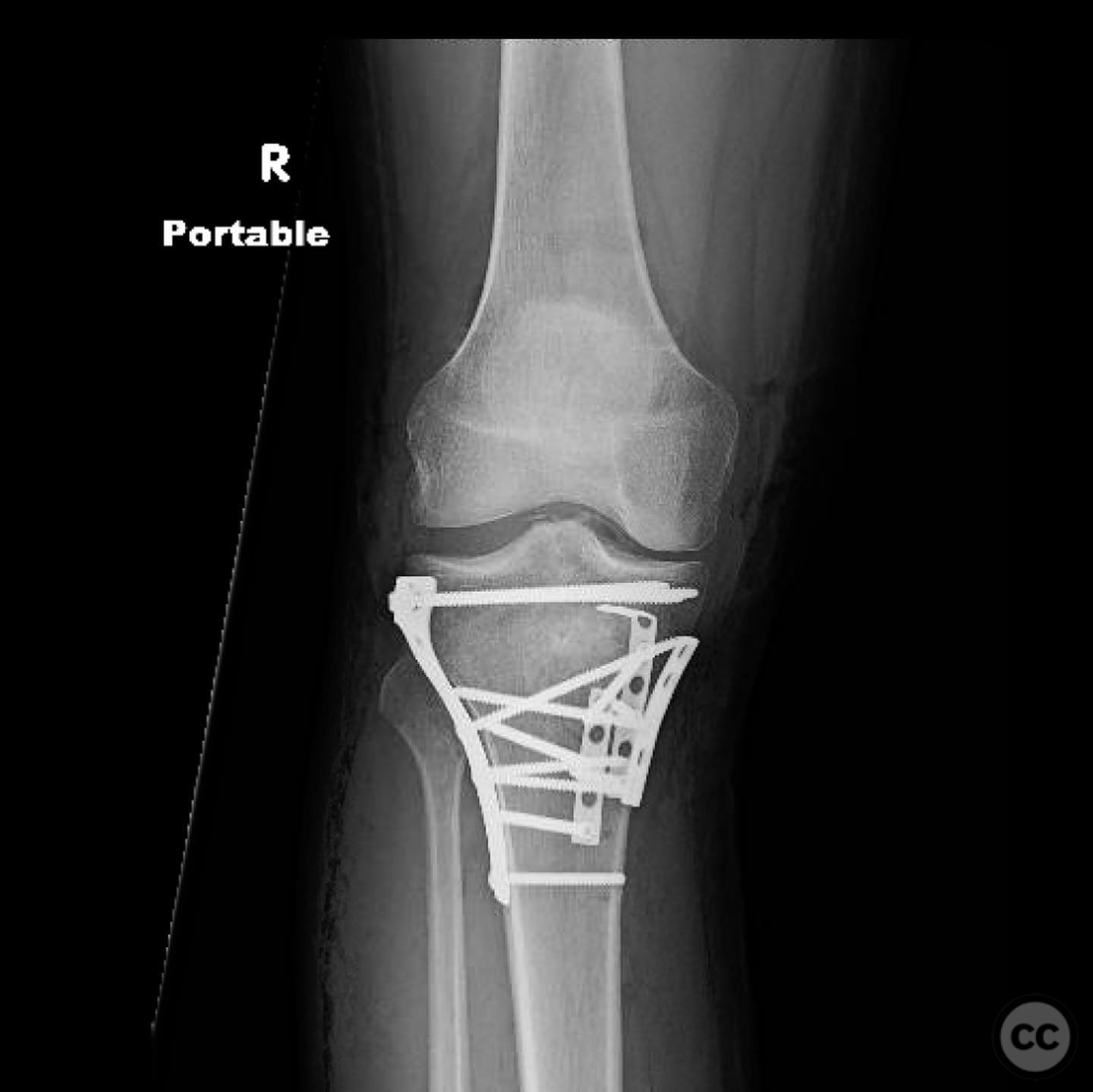
Article viewed 190 times
19 Jul 2025
Add to Bookmarks
Full Citation
Cite this article:
Surname, Initial. (2025). Comminuted and Depressed Medial Tibial Plateau Fracture with Lateral Metaphyseal Tension Failure.. Journal of Orthopaedic Surgery and Traumatology. Case Report 15270333 Published Online Jul 19 2025.